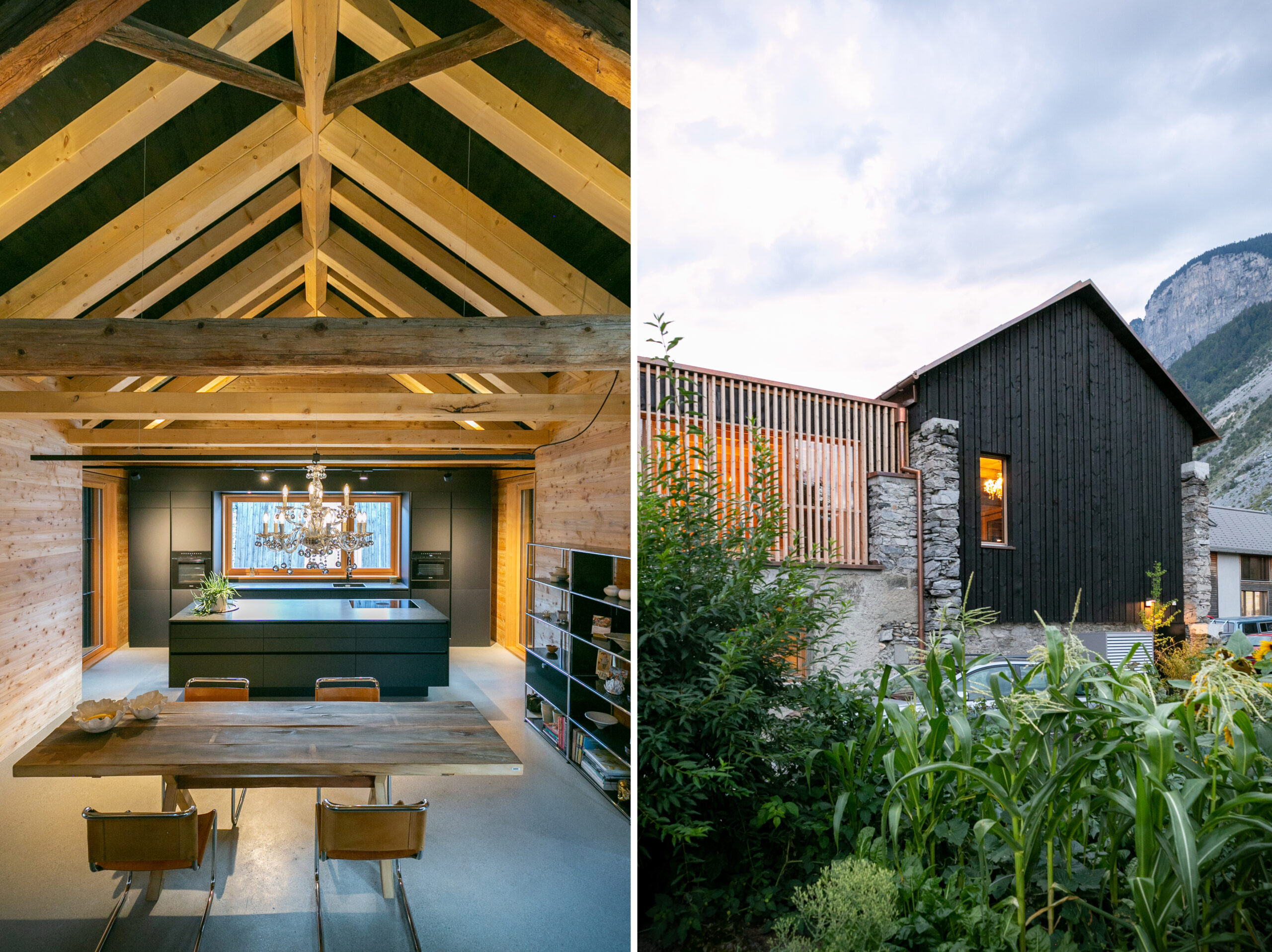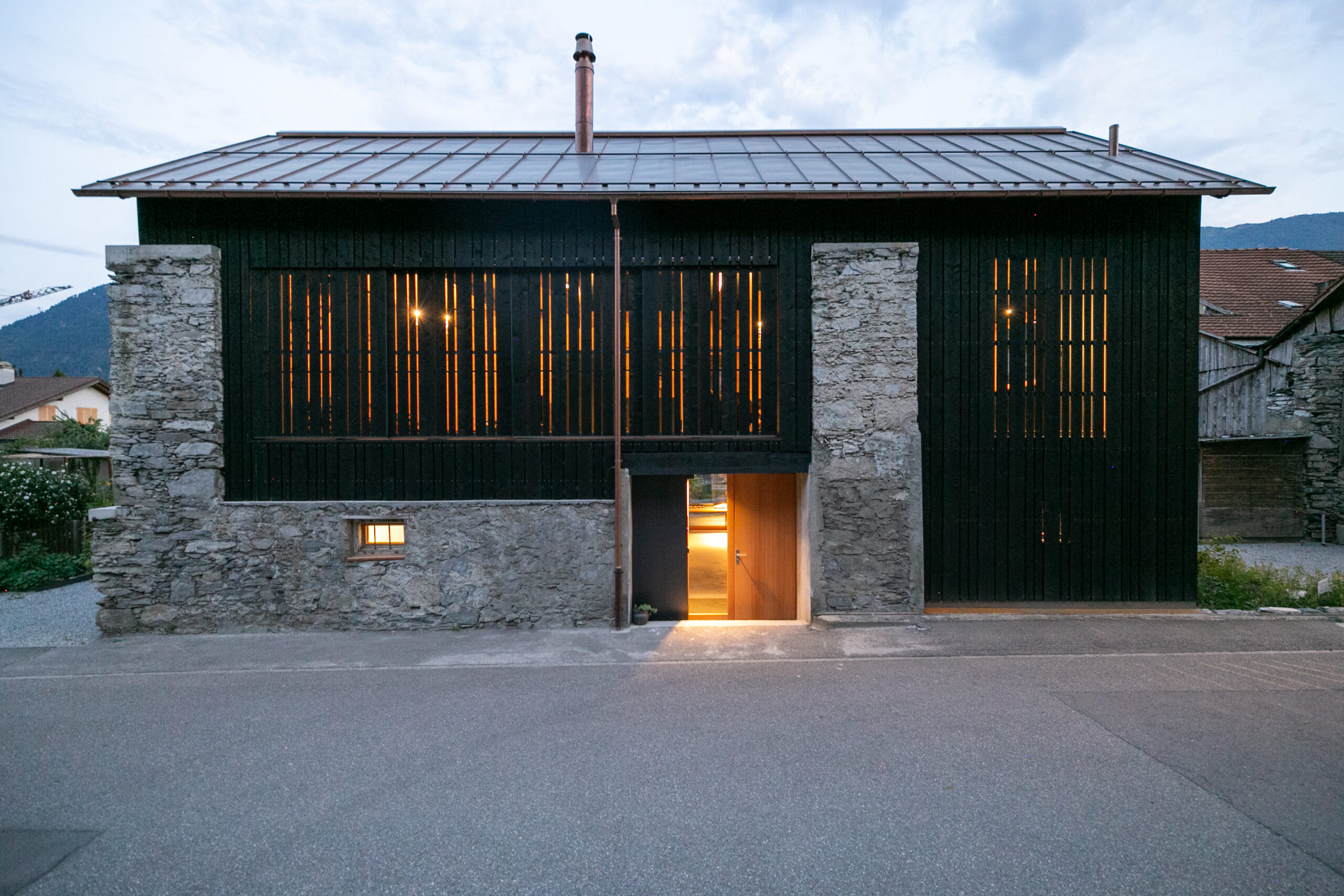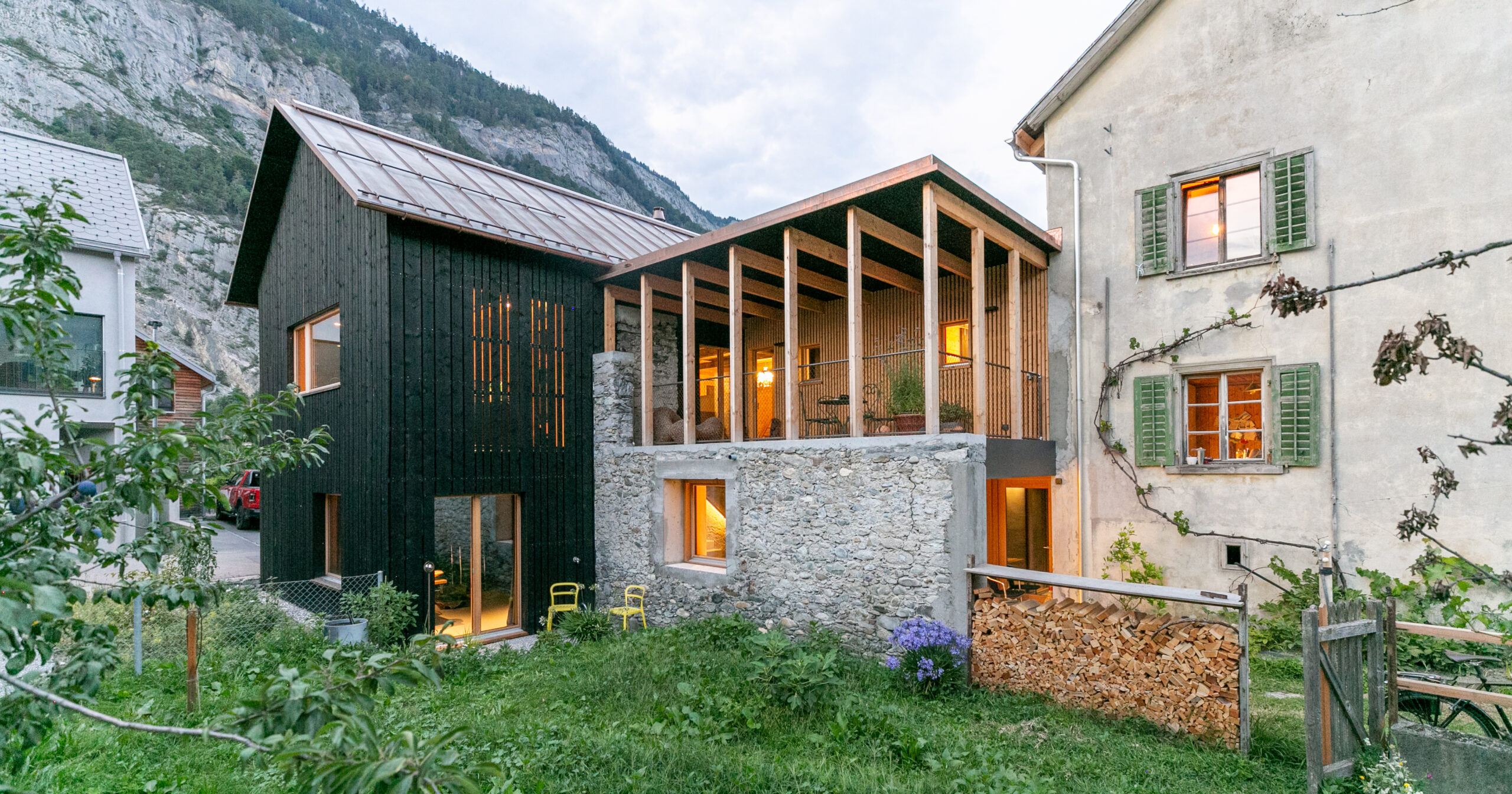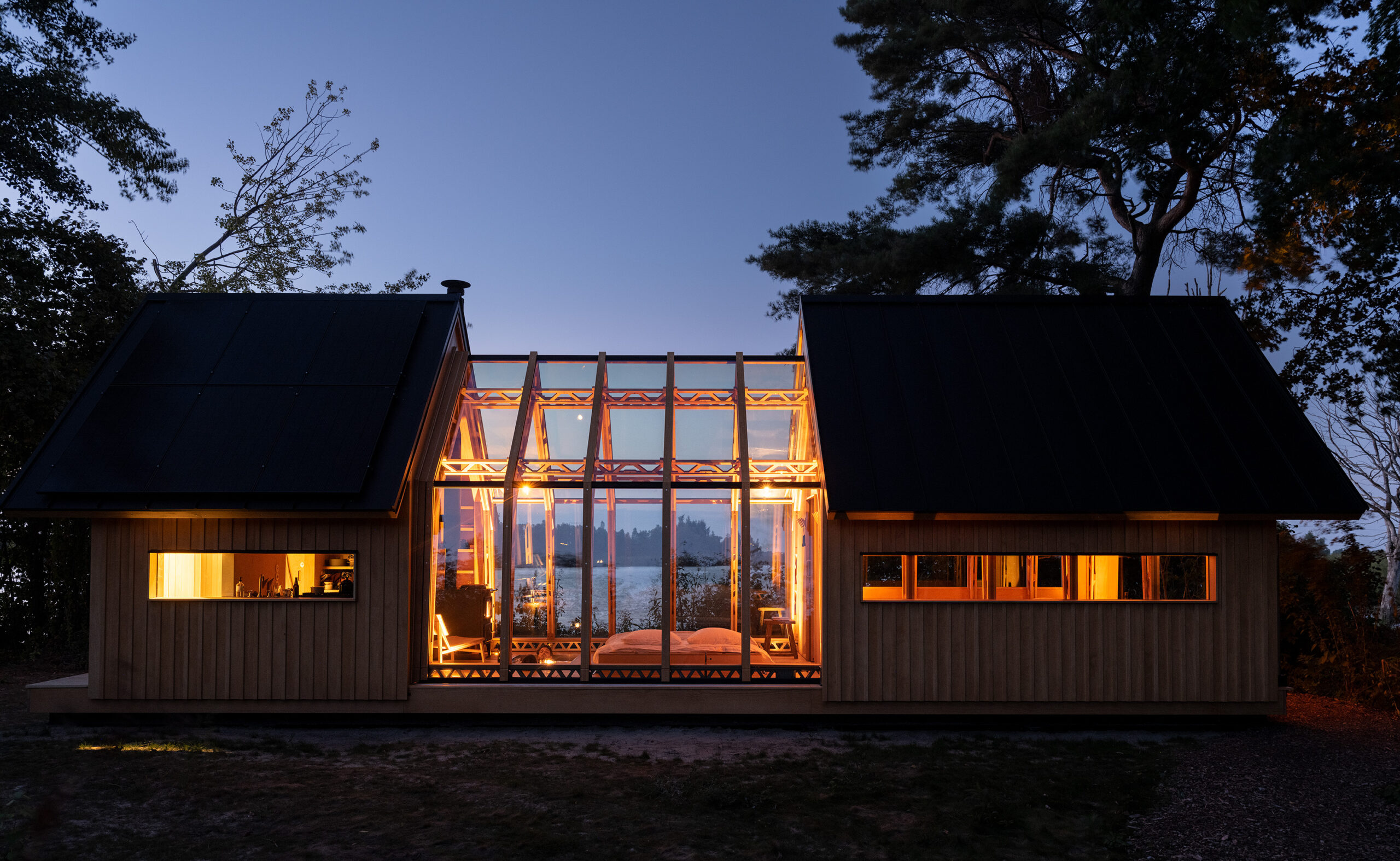The jury and the public have had their say — feast your eyes on the winners of Architizer's 12th Annual A+Awards. Subscribe to our Awards Newsletter to receive future program updates.
Folks, today I’m here to tell you that “adaptive reuse” and “renovation” are not interchangeable terms and the apparent confusion (or conflation) between the two matters. Though the former may be newer parlance than the latter, both are set to dominate the industry in the coming years (we’ve shared this stat before, but it bears repeating: estimates suggest that 90% of future development will involve existing buildings).
I’ve written before that, in the architectural profession, words matter — not only how we talk about buildings but also how we describe the work that architects do. A similar conversation has been had about the term “sustainability.”
As we expand our understanding of what award-winning architecture looks like, our vocabulary for distinguishing between the different types of design interventions becomes evermore vital. Buildings can’t speak for themselves, and the ways that we term and describe different architectural interventions not only shape our immediate conversations but also how we elaborate knowledge and, thereby, how we approach future designs that follow these guidelines.

Hof & Hist by Modunita architects, Felsberg, Switzerland | Popular Choice Winner, 11th Annual A+Awards, Architecture +Renovation
Renovations and adaptive reuse are both “interventions” — a word architects use to denote the introduction of their design ideas to a preexisting site. Yet, while renovation refers to ameliorating preexisting structures to ensure their continued use — whether through re-designing the interior or the façade — adaptive reuse not only improves an extant building but adapts it for a brand new use. This is the crucial distinction between renovation and adaptive reuse. Still, there are wider-reaching implications for practice.
Indeed, both “adaptive reuse” and “renovation” may be lumped into a larger group with preservation, rehabilitation, restoration and reconstruction. Furthermore, both can be applied to a wide range of project sizes and types, ranging from single buildings to entire developments or even infrastructures, as well as open spaces, parks, gardens and squares. Yet, each one reveals a distinct relationship between our present relationships to the past and the role we see in our built heritage in the future (as close readers of the 19th century architectural theorists Eugène-Emmanuel Viollet-Le Duc, John Ruskin and William Morris understand well).

West End by HLW, Los Angeles, California | Popular Choice Winner, 11th Annual A+Awards, Architecture +Adaptive Reuse
So, as we unravel the distinction, it’s instructive to begin by considering the origins of the term adaptive reuse. While the practice itself has been alive and well since the Roman era, the term first emerged in the 1970s and was linked to conservation movement. This was a time when the old Penn station was destroyed and Jane Jacobs was considering what makes a livable city; the conservation of older structures became enmeshed in conversations about urbanism — that is, “adaptive reuse” was a child of civic heritage protection and livable city discourse.
Adaptive reuse was coined and pioneered by designers as an architecturally-led alternative to preservation, one that celebrated the conservation and reuse of heritage buildings without the sometimes prohibitive restrictions associated with pure preservation, especially in the case of programmatically defunct buildings whose uses were no longer compatible or relevant with the realities of the later 20th century, including former industrial buildings. Hence, in short, adaptive reuse refers to the process of reusing an existing building for a purpose other than what it was originally built or designed for.

Hof & Hist by Modunita architects, Felsberg, Switzerland | Popular Choice Winner, 11th Annual A+Awards, Architecture +Renovation
Renovation, meanwhile, is an age-old practice concerned with repairing or improving outdated structures (‘outdated’ can be applied, materially, structurally or programmatically) to bring the building back to contemporary standards whilst maintaining the building’s original use. Renovation refers to repair, renewal and restoration that returns a building to a good condition, albeit potentially altered from its original design and evolved to better serve that original purpose. Understanding and respecting the original design is paramount, but the design logic focuses on extending and improving the spirit of that original project.
An adaptive reuse project, on the other hand, by virtue of reimagining a space for a new use, often casts a wider net. That is, in order to ensure that the new program harmoniously integrates into the older structure, architects tend to approach adaptive reuse first by gaining a deep understanding of the site, for example, building’s historic and spatial relationship with its site and neighborhood, developing a deep understanding of both the original program and the intended future use, and forging new relationships between the past and present. While renovations may involve these types of work (especially the most radical transformations), the act of “translating” the building for a new use requires a different type of engagement with the past in order to avoid creating a disjunction or a rupture between the new and the old, the form and the function.

West End by HLW, Los Angeles, California | Popular Choice Winner, 11th Annual A+Awards, Architecture +Adaptive Reuse
Hence, from the perspective of practice, because adaptive reuse involves more than a simple change of function, an increasing number of architects view adaptive reuse as a soul-searching project for bringing out the essence of an extant building; not just an act of transformation but also one of translation that unites a building with its past and present and, often, by contributing to the character of a neighborhood, seeks to revitalize its setting for a more vibrant future. The result of a successful adaptive reuse creates dialogue between past and future; there is an inherent duality or janus-faced dimension to an adaptive reuse intervention that, by understanding the deeper meaning that sits in a place, recovers it.
So, unlike renovation, which is marked by continuity, adaptive reuse seeks to ameliorate any potential disjunctions between form and function whilst maintaining the spirit of the original design. In renovations, these two are already in harmony, so, again, the architect is updating a building (perhaps drastically!) to help it function even better in the present, ensuring it maintains its original spirit. Hence, by elaborating the meanings of both terms, architects can also guard against façadism — or, protecting the a building’s exterior and reducing it to a shell, thereby rupturing the link between form and function.
The jury and the public have had their say — feast your eyes on the winners of Architizer's 12th Annual A+Awards. Subscribe to our Awards Newsletter to receive future program updates.









